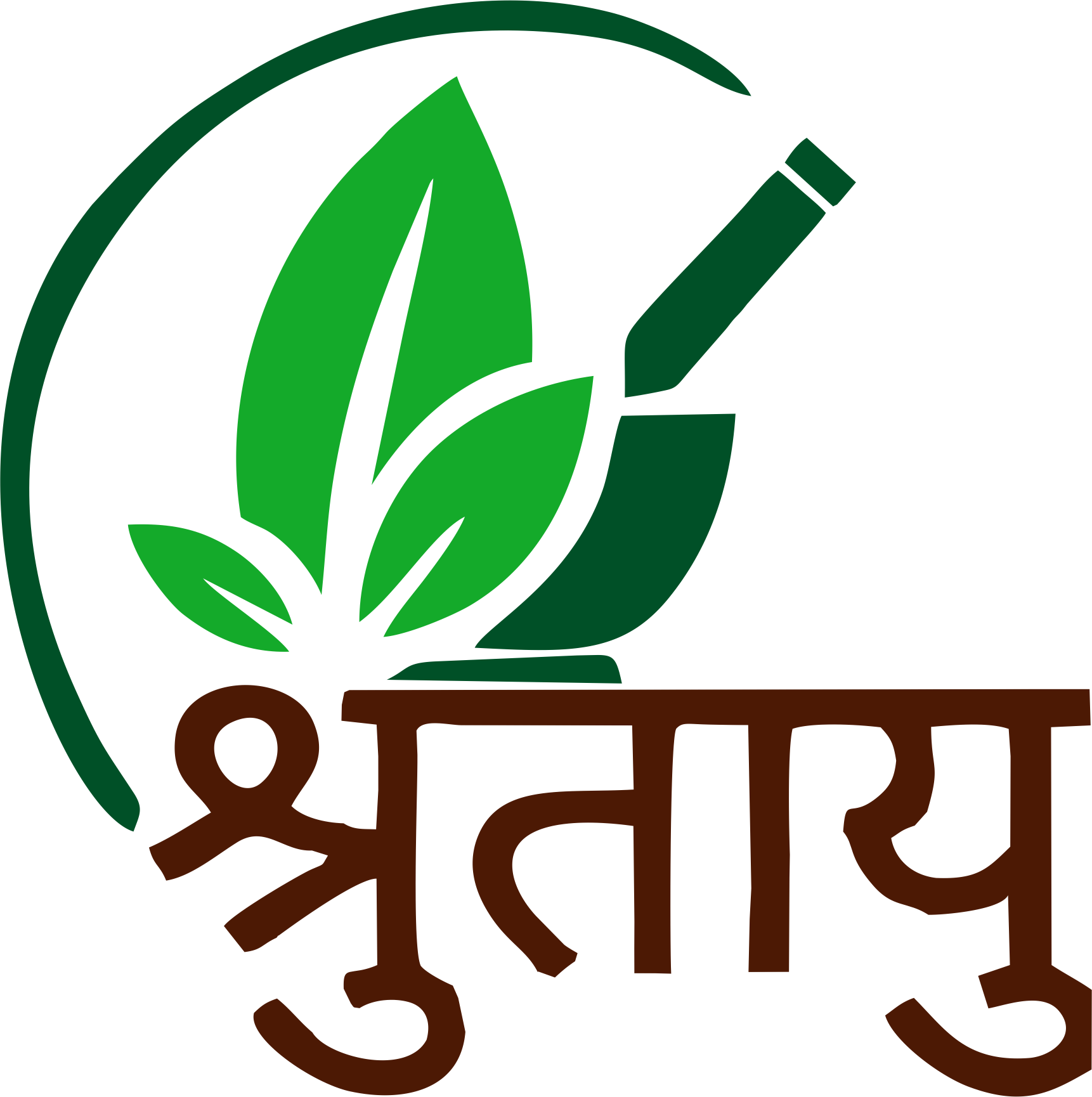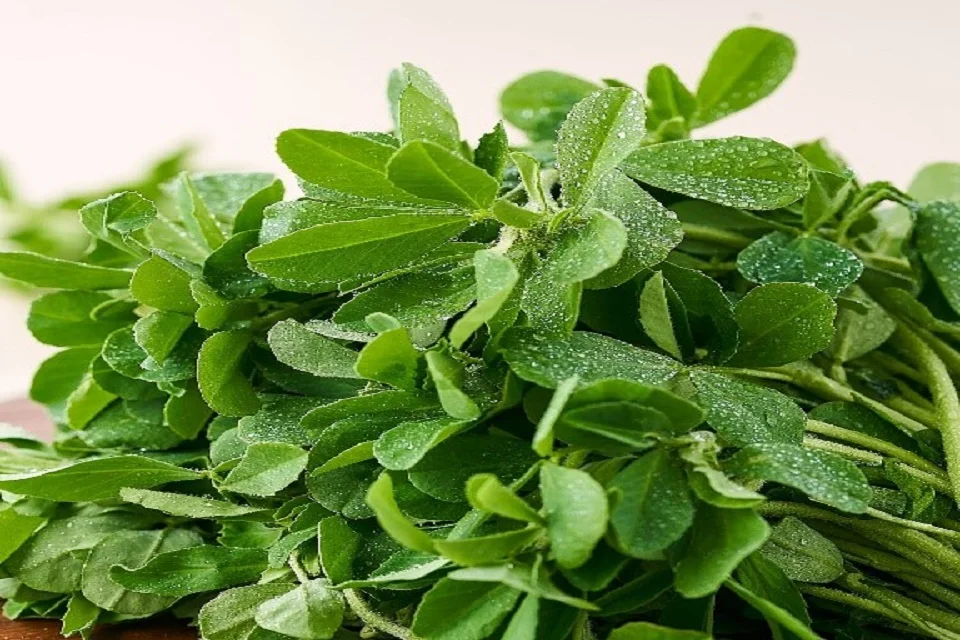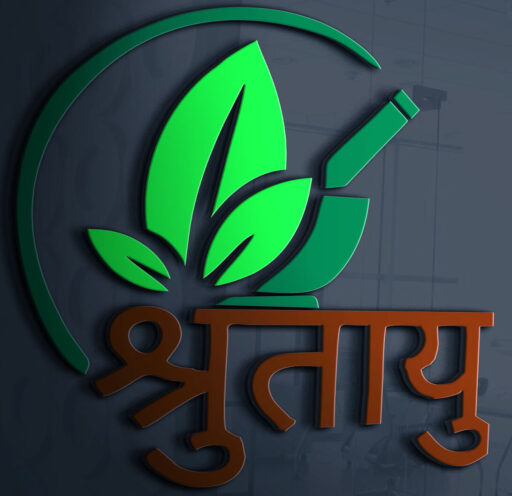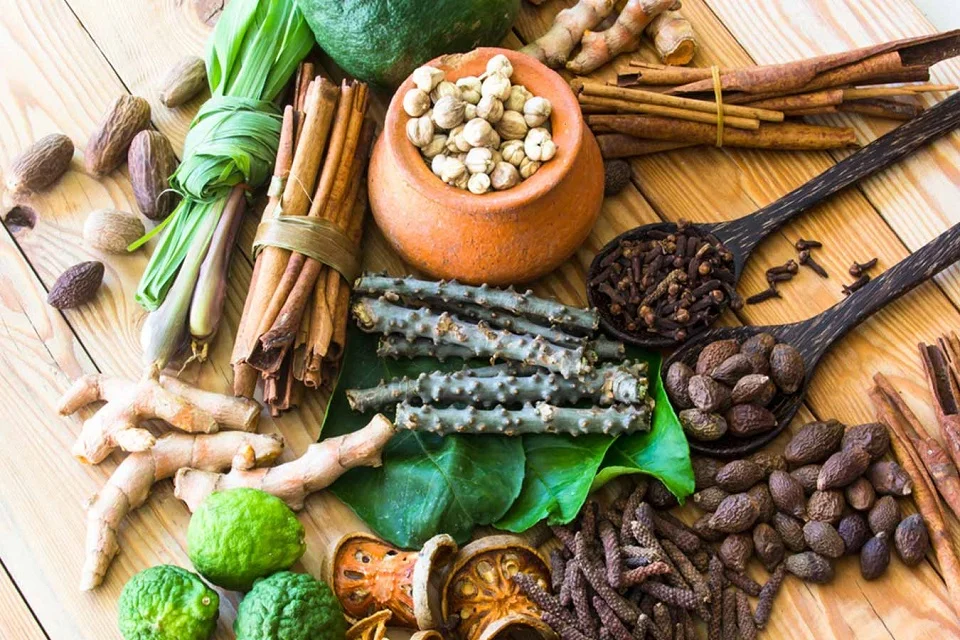Benefits of ashwagandha, dosage, side effects and how to use?
What is Ashvagandha? Ashwagandha is composed of two words, Ashwa- Horse and Gandha- Smell because of its roots smell …
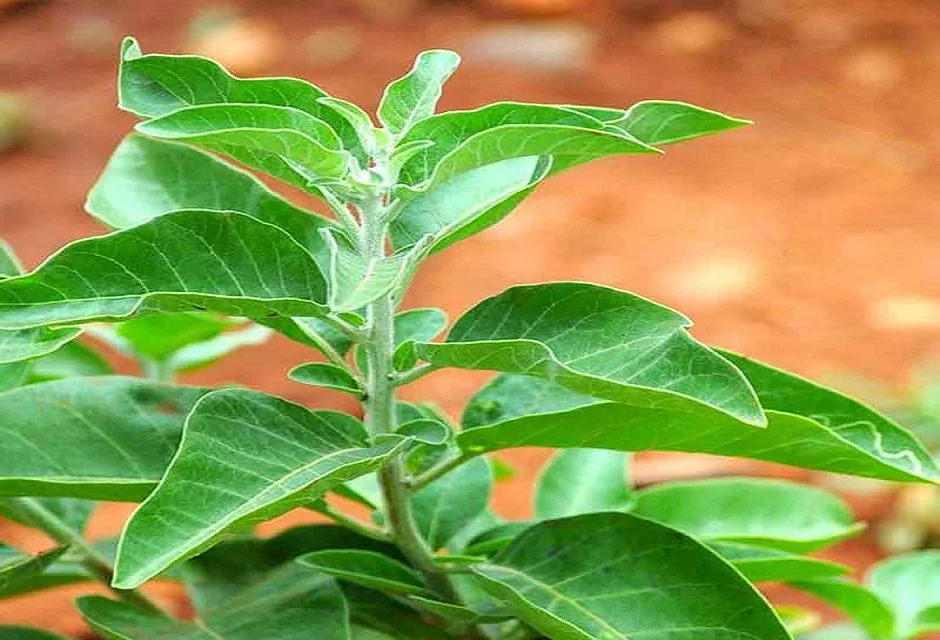
What is Ashvagandha?
Ashwagandha is composed of two words, Ashwa- Horse and Gandha- Smell because of its roots smell like horse urine. Benefits of Ashwagandha mentioned in Ayurvedic medicine for over 3,000 years. It uses natural remedies, such as herbs, to treat various ailments. It is considered an adaptogen, which means it helps the body cope with stress. The plant’s roots and leaves are used to make medicine. Ashwagandha is benificial to reduce stress and anxiety, improve brain function, and boost testosterone and fertility in men. Ashwagandha supplements are available in various forms, including pills, gummies, and powders.
Ashwagandha supplements are available in various forms, including pills, gummies, and powders. Pills and gummies are a convenient way to take ashwagandha. However, powders are more versatile and can be added to smoothies, teas, and other drinks. It is important to follow the recommended dosage on the label when taking ashwagandha supplements.
What is the Morphology of Withania somnifera?
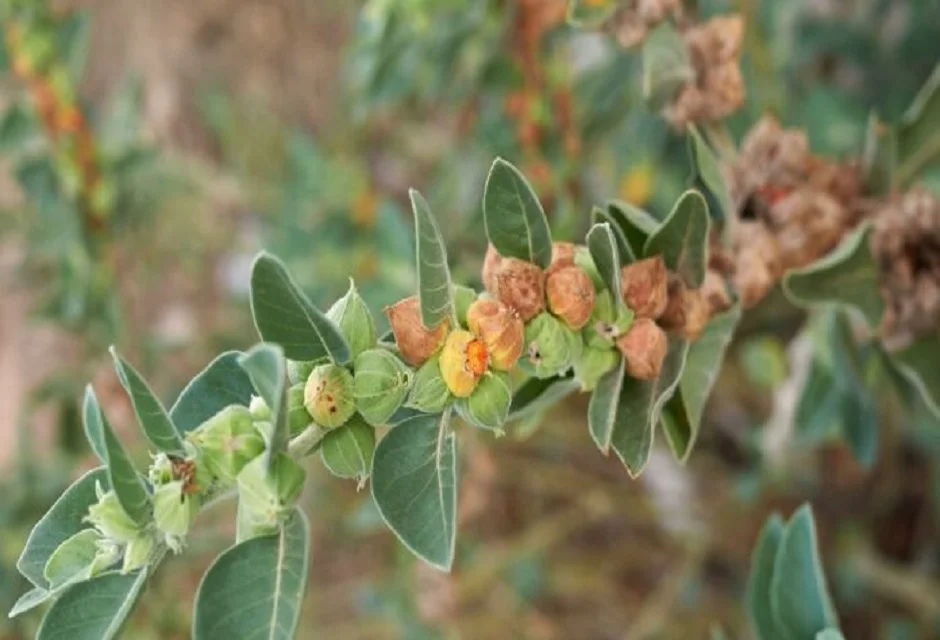
Latin name– Withania somnifera Dunal. (Fam. Solanaceae)
Withania somnifera is a shrub with an erect stem, 0.5-2 high. Ashvagandha plants have an upright, bushy growth habit with multiple branches. Ashwagandha leaves are simple, oval-shaped, and arranged in an opposite pattern along the stem and dull green color. Ashwagandha produces small, bell-shaped flowers that are greenish-yellow in color. Ashwagandha fruit are small, round berries that turn from green to orange-red when mature. It is native to India, the Middle East, and some parts of Africa.
Synonyms
Hayagandha, Vajigandha, Varahkarni, Gatrakari, Turagi, Pivari, Balya, Vajikari, Turagnagandha, Kusthagandhi
Classical Categorization
Charak: Balya, Bruhaniya, Madur skandha
Acharya Sushruta and Vaghbhatta did not mentioned Ashwagandha in their gana/varga.
Other/Regional Language Names
- English: Madar
- Gujarati: Asgandha
- Hindi: Asgandh
- Kannada: Angarberu, Hiremaddina-gida
- Kashmiri: Asagandh
- Malayalam: Amukkuram
- Marathi: Asagandha, Askagandha
- Oriya: Aswagandha
- Punjabi: Asgandh
- Tamil: Amukkaramkizangu
- Telugu: Pennerugadda
- Urdu: Asgand
- Assamese: Ashwagandha
- Bengali: Ashwagandha
Constituents
Cuseohygrine, Alkaloids and withanolides
Rasa Panchak
- Rasa: Tikta, Kashay
- Guna: Laghu, Snigdha
- Virya: Ushna
- Vipaka: Madhura
- Karma: Vatakaphahar, Balya, Shukral, Rasayana, Vajikaranaa
References in Ayurvedic texts
गन्धान्ता वाजिनामादिरश्वगन्धा ह्याह्वया ।
वराहकर्णी वरदा बलदा कुष्ठगन्धिनी ॥
अश्वगन्धाऽनिलश्लेष्मश्वित्रशोथ क्षयापहा ।
बल्या रसायनी तिक्ता कषायोष्णाऽतिशुक्रला ॥
(भा० प्र०, गुडूच्यादिवर्ग; 189–190)
What are Benefits of Ashvagandha?
- Kshaya
- Daurbalya
- Vataroga
- Sotha
- Klaibya
- Shvithra
- Shotha
What is the use of Ashvagandha in texts?

- Ashwagandha root juice is given as Nasya to achieve conception (P.S.1/89/3).
- Kalka of Ashwagandha and churna of Vibhitaki are mixed with jaggery and given with lukewarm water in Vataj hridroga. (V.S.)
- Ashwagandha kshar is given with honey and ghee in Svasa. (Ch.Chi.17)
- Decoction of Ashwagandha shall be taken with ghee and sugar in Nindranasa (V.S.).
- Ashwagandha benefits for men- As ashwagandha helps to reduce stress and anxiety, it is shukrala, balya, and vajikarana it is useful in sexual dysfunction.
- Ashwagandha benefits for females- As ashwagandha with Shatavari can balance hormones it helps in many female problems. Ashwagandha can also help reduce symptoms of menopause, such as hot flashes and mood swings.
how much is Dose?
3-6 g of the ashwagandha powder daily morning along with milk.
It can be taken with other Ayurvedic herbs according to health requirements.
What are the Useful Part
- Mula (Root)
- Patra (Leaf)
- Kshara (Alkali)
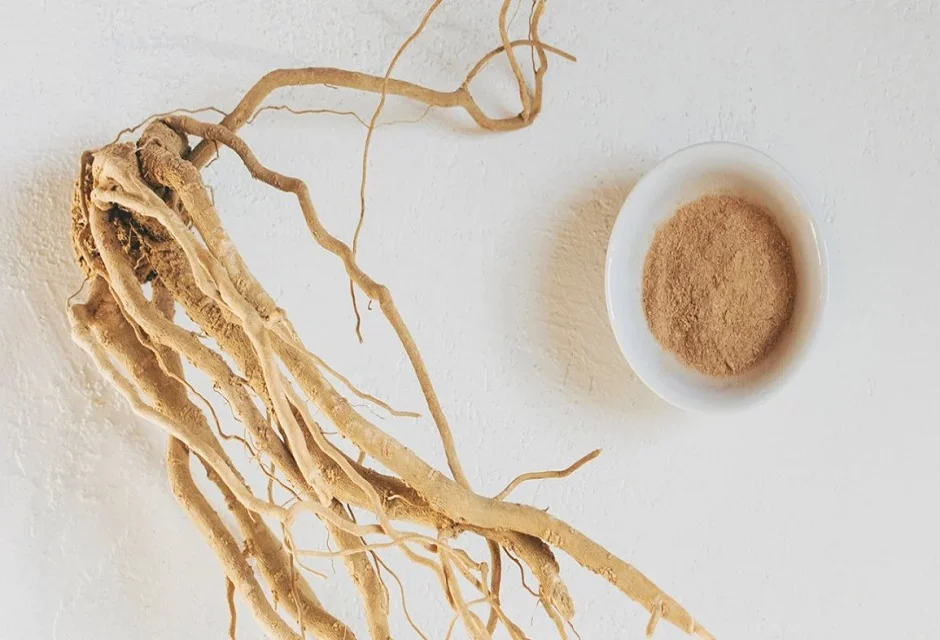
What are the side effects of Ashvagandha?
- Ashwagandha is generally safe for most people when taken as directed. However, some people may experience side effects, such as upset stomach, diarrhea, and nausea.
- As ashwagandha has vasodilator properties it should be taken under an ayurvedic doctor’s guidance in bleeding disorders.
- Ashwagandha may also interact with certain medications, such as sedatives and thyroid hormone replacement therapy.
- It is important to talk to your doctor before taking ashwagandha if you are pregnant, breastfeeding, or taking any medications.
- Side effects are of taking the drug in high doses, under the guidance of qualified vaidya, or in appropriate doses it is safe to consume.
Additional information
List of formulations
- Ashwagandha arishtha
- Ashwagandha Churna
- Ashwagandha ghrita
- Ashwagandha Rasayan
- Ashwagandha Taila
- Bala ashwagandha lakshadi taila
Morphology -Kshup (Plant)
Research
- Ashvagandha latest research
- In a double-blind study shade dried roots of the plant (as 500 mg tab. 2 tabs 2-3 times daily) are given with milk to healthy volunteers for 1 year. Results showed a significant increase in Hb%, RBC, hair melanin, and seated stature in the treated group compared to the control group. Serum cholesterol and calcium level. els of nails have been decreased in the treated group (Kappurajan et al., 1980).
- Its powder provided significant relief from symptoms of anxiety neurosis besides a quantitative reduction in anxiety level and neuroticism (Singh et al., 1977).
- In a clinical study the efficacy of Asvagandha in chronic rheumatoid arthritis, OA, and periarthritis of the shoulder is reported (Bector et al., 1976).
- The alcoholic extract on i.p. showed a significant antipyretic activity also (Annual Report CCRAS, 1976-77).
- Alcoholic extract from defatted seeds showed significant antipyretic, analgesic, and anti-inflammatory activity (Singh et al., 1978).
- Root powder showed a barbiturate hypnosis potentiation effect and a decrease in locomotive activity in rats (Singh et al., 1979).
- Root powder (1g/kg body weight) caused a considerable reduction in inflammation in rats (Anbalagan & Sidique, 1981).
- The anti-inflammatory activity (in rats) is marked and compared to that of prednisolone (Sharma & Singh, 1980).
- Root powder showed significant anti-anxiety effects. It has also shown the reduction of plasma cortisol and urinary catecholamine by improved mental function (Shukla, 1981).
- Insecticidal activity is reported with PE extract (Harish Chander & Ahmed, 1982).
- Total withanolide inhibited the proliferation of murine spleen cell cultures in vitro. The results indicated that it has significant immunosuppressive activity (Bahr & Hansel, 1982).
- Being Balya, when used as an adjuvant, has shown low relapsing frequency and lasting relief (Nisteswar & Rao, 1982).
- G. glabra and W. somnifera root powder administered to 91 patients were found to be more potent drugs in the management of Amlapitta with the least untoward side effects (Shan Maithy, 1982).
- Adaptogenic properties- Pretreatment with this drug increased the swimming endurance in mice. It prevented gastric ulcers induced chemically or by stress in rats. Milk-induced leucocytosis was also prevented in mice. The drug prevented the increase in adrenal weight and decrease in ascorbic acid and cortisol content of adrenals during stress. It appears to induce a state of non-specifically increased resistance (SNIR) during stress (Singh et al., 1982).
- Root powder, decoction, and alcoholic extract, exhibited anti-convulsant activity in albino rats (Rai et al., 1983).
- The leaves were found to possess marked effects in sub-acute inflammation and hepatotoxicity. The extract at 1 g/kg dose was found to be as active as 50 mg/kg of phenylbutazone and 10 mg/kg of hydrocortisone. The protective effects of the extract of 1 g/kg dose against CCl-induced hepatotoxicity were comparable to 10 mg/kg of hydrocortisone (Sudhir et al., 1986).
- Unlike non-steroidal anti-inflammatory drugs, it resulted in a specific reduction in the synthesis of alpha-2-macroglobulin and an increase in the synthesis of total serum proteins suggesting the basis for its wide spectrum of pharmacological activities (Anabalgam & Sidique, 1985).
- It was seen that oral administration of Asvagandha (200 mg/kg daily) along with urethane (125 mg/kg) protected the animals from tumor-inducing effects. It also prevented the reduction in body weight raised in mortality and leucopaenic and lymphopaenic effects of urethane (Singh et al., 1986).
- The leaf extract has both preventive and curative activity against CCl-induced liver damage (Montilla et al., 1990)., mediated through opioidergic receptors (Vohora & Dandiya, 1992).
- The effects of root powder (0.7 and 1.4 g/kg b.w./day) when administered for 15 days and 30 days were investigated on lipid peroxidation (LPO), superoxide dismutase (50D) and catalase (CAT) activities in mice. 30 days of treatment produced a significant decrease in LPO, and an increase in both 50D & CAT (Sunanda Panda & Anand Kar, 1997).
- The study showed that both aqueous and organic extracts showed antibacterial activity against mycobacterium tubercular in vitro. The use of this plant for PTB (in vivo) is yet to be established in further studies (Saroja et al., 1997).
- The antidepressant and psychotropic activity of W. somnifera is reported (Gurpreet Kaur & Kulkarni, 1998).
- Antistressor properties of aqueous extract of root were investigated in rats. Significant raise in the plasma corticosterone level, phagocytic index, and avidity index in rats subjected to cold swimming stress was noticed. (Archana & Namasivayam, 1999).
- The extracts from green shoots showed anti-bacterial activity on staph. aureus and Micrococus flavers (Furmanowa et al, 1998).
- Crude leaf extracts of W. somnifera and W. coagulants showed significant nematocidal activity against root-knot nematodes (Qamar et al., 1998).
- Aswagandha extract may prove useful in the regulation of metal-induced clinical toxicity (Panda et al., 1998).
- The mechanism of chemopreventive activity of W. somnifera extract has been attributed to its anti-oxidant and de-toxifying properties (Jai Prakash et al., 2001).
- The immunomodulatory and immunosuppressive activity are established (Furmanowa et al., 2001).
- The anti-tumor activity of Aśvagandha is reported by Amala Cancer Institute, Trissur (Davis & Kuttan, 2001).
- W. somnifera and V. negundo are found to reduce acute inflammatory reactions (Srivastava et al., 2000-2001).
Conclusion
Ashwagandha is an ancient herb that has numerous health benefits, including reducing stress and anxiety, improving brain function, and boosting fertility. It has been used in Ayurvedic medicine for over 3,000 years and is considered an adaptogen, which means it helps the body cope with stress. There are various forms of ashwagandha available, including pills, gummies, and powders. When buying ashwagandha, it is important to look for high-quality products from reputable brands. If you are considering taking ashwagandha, talk to your Ayurvedic doctor first to make sure it is safe for you.
Your queries
Is ashwagandha OK to take daily?
Yes, generally Ashwagandha in appropriate dosage can be taken daily.
Are there any negative benefits of ashwagandha?
If you are having any problem after taking ashwagandha then consult your Ayurvedic doctor. Yes, there might be negative benefits of ashwagandha if you are having other conditions like bleeding disorder or pregnancy.
Do I take ashwagandha in the morning or night?
It is ideal to take ashwagandha in the early morning as it is guru guna so it takes time to fully digest.
How much ashwagandha per day?
Do check out our dosage portion of the article.
